SOURCE: RAUNAK KUNDE / NEWS BEAT / IDRW.ORG

India’s indigenously developed light combat aircraft, the LCA-Tejas Mk1A, is gearing up for a crucial phase of testing. After completing its maiden flight last month, the aircraft will now head to the Pokhran range for a series of weapons tests.
These tests are essential due to the significant upgrades incorporated into the Tejas Mk1A. A key change is the adoption of the advanced EL/M-2052 Active Electronically Scanned Array (AESA) radar by Elta Systems. This new radar necessitates the revalidation of weapons that rely on radar guidance for the Mk1A to achieve operational clearance.
Continue readingSOURCE: RAUNAK KUNDE / NEWS BEAT / IDRW.ORG
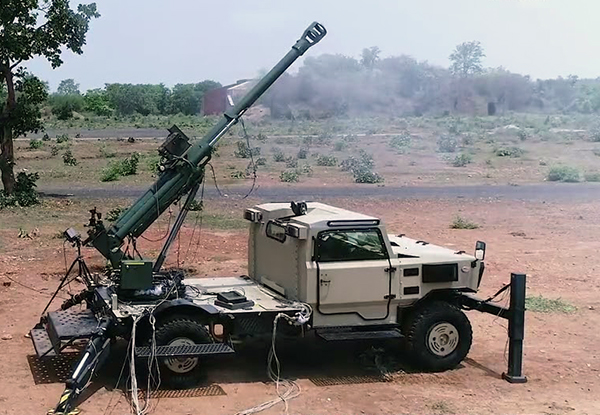
In a move to bolster its mobile firepower, particularly along the Line of Actual Control (LAC) with China, the Indian Army issued a tender last year (November 27, 2023) for the acquisition of 200 new self-propelled howitzers equipped with 105mm guns. This initiative emphasizes the Indian government’s push for indigenous defence solutions.
The primary objective of this procurement is to equip the Indian Army with modern and mobile artillery systems for high-altitude border regions. These self-propelled howitzers will offer greater operational flexibility and firepower compared to traditional towed artillery, especially in challenging mountainous terrain.
Continue readingSOURCE: RAUNAK KUNDE / NEWS BEAT / IDRW.ORG
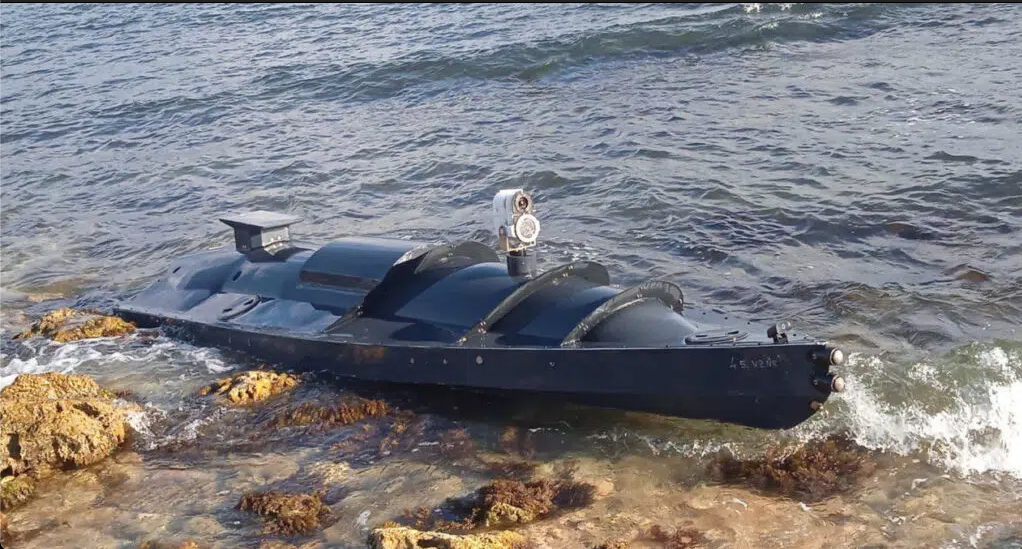
Recent events in the Ukraine conflict have sent ripples through the Indian Navy, prompting a strategic rethink to address the growing threat posed by sea drones. The successful deployment of explosive-laden drones by Ukraine against Russian warships has highlighted the vulnerability of even large vessels to these low-cost, unconventional weapons.
Traditionally, destroyer-type ships have served as protectors against smaller, faster torpedo boats, safeguarding larger vessels like battleships. However, the rise of sea drones challenges this established dynamic. The Indian Navy, along with other major naval forces, is now forced to adapt its strategies to this new and evolving threat.
Continue readingSOURCE: AFI
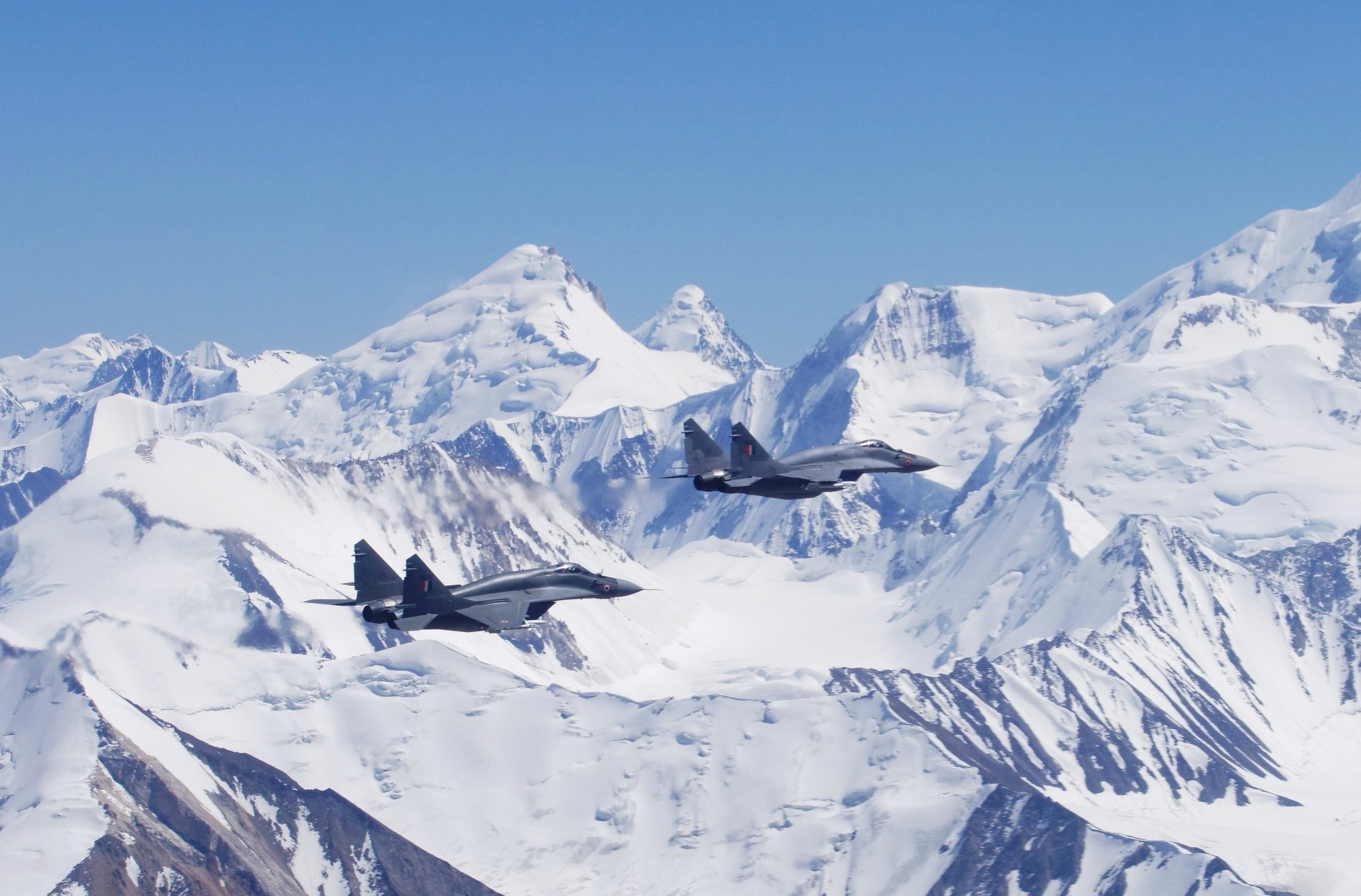
The mighty Himalayas, along the Ladakh sector of the India-China border, have witnessed a new guardian emerge – the upgraded MiG-29UPG fighter jet of the Indian Air Force (IAF). This potent aircraft has carved a niche for itself thanks to its exceptional performance at high altitudes, proving to be a crucial asset in this strategically sensitive region.
High-altitude environments pose a significant challenge for fighter jets. Thin air reduces engine thrust, impacting payload capacity and maneuverability. However, the MiG-29UPG excels in these conditions due to its impressive Thrust-to-Weight Ratio (TWR of 1.09).
Continue readingSOURCE: AFI

A recent report from China claims their J-20 fifth-generation fighter jet dominated an Indian Rafale jet in a simulated combat exercise. While this news has been met with fanfare in Chinese media, military analysts urge caution in interpreting such results.
A pilot from China’s Eastern Theater Command’s Wang Hai Air Group reportedly boasted of defeating 17 Rafale jets flown by the Indian Air Force (IAF) during a simulated air combat exercise. This news has been widely reported in Chinese media, highlighting the J-20’s supposed technological edge.
Continue readingSOURCE: AFI

India’s Hindustan Aeronautics Limited (HAL) is making a strategic move towards modernization by acquiring advanced CNC machines from DMG and Hermle. This investment in cutting-edge technology has the potential to be a game-changer for the Indian aerospace manufacturing sector.
These state-of-the-art machines boast superior precision and faster turnaround times compared to older equipment. This translates to better quality aircraft components and potentially shorter production cycles.
Continue readingSOURCE: IDRW.ORG TEAM.

In a significant development highlighting the growing defense cooperation between India and Brazil, a delegation led by Brig. Gen. Marcelo Rocha Lima, Head of the Brazilian Army Project Office (EPEx), is currently on a visit to India. The primary objective of the delegation is to inspect ongoing defense projects and explore avenues for collaboration in various strategic areas.
During their visit, the Brazilian delegates had the opportunity to visit Bharat Electronics Limited (BEL), a leading Indian defense electronics company known for developing cutting-edge communication and cyber systems. This visit underscores Brazil’s interest in leveraging India’s expertise in defense technology and exploring potential partnerships in areas such as radars, electronic warfare systems (EWs), and anti-drone jammers.
Continue readingSOURCE: DEEPAK HILORI/ FOR MY TAKE / IDRW.ORG
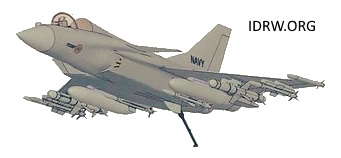
The recent approval by the Cabinet Committee on Security (CCS) for the development of the Advanced Medium Combat Aircraft (AMCA) marks a significant milestone in India’s quest for self-reliance in fighter jet technology. However, the high cost of the AMCA program, coupled with the uncertainties surrounding the TEDBF program for the Navy, raises questions about India’s overall fighter jet development strategy.
With a budget of ?15,000 crore, the AMCA program aims to develop a fifth-generation fighter jet for the Indian Air Force (IAF). The IAF has already committed to procuring 120 AMCA jets in both MkI and MkII variants, reflecting its confidence in the project’s potential.
Continue readingSOURCE: AFI
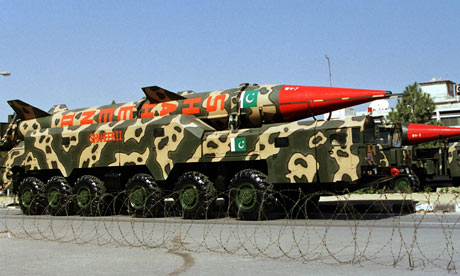
Lt. Gen. (Retd) Khalid Kidwai, former Advisor to Pakistan’s National Command Authority, has provided insights into Pakistan’s nuclear strategy, emphasizing its comprehensive approach to deterrence. In his remarks, he highlights Pakistan’s readiness to employ various targeting strategies and its possession of a diverse range of nuclear weapons.
Kidwai asserts that Pakistan’s nuclear strategy extends beyond conventional notions of deterrence. Notably, he emphasizes the adoption of both Counter Value (CV) and Counter City’s (CC) targeting strategies. This approach underscores Pakistan’s intent to target not only strategic assets but also urban centers within India, thereby amplifying the deterrent effect.
Continue readingSOURCE: AFI
The Indian Air Force (IAF), boasting the second-largest fleet of C-17 Globemaster III aircraft globally, might be exploring new avenues for these versatile transport planes. This follows news of the US Air Force (USAF) developing the C-17 for potential combat roles beyond traditional cargo transport.
The USAF is spearheading the “Rapid Dragon” project, which investigates the feasibility of deploying C-17s for offensive missions. This involves using these heavy-lift aircraft to drop air-launched cruise missiles against targets. This capability could prove valuable in scenarios where the USAF faces adversaries with advanced air defense systems.
Continue readingSOURCE: AFI

The Indian Army announced a strategic shift in the operations of its Army Design Bureau (ADB). In a move aimed at fostering more responsive and regionally-specific weapon development, the ADB will now establish specialized cells at various command headquarters across the country.
Previously, the ADB, established in 2016, functioned solely from its headquarters in Delhi. This centralized approach is being revamped to leverage the expertise and experience of personnel stationed across diverse operational terrains.
Continue readingSOURCE: AFI

A wave of criticism has washed over Indian social media, targeting the perceived hypocrisy of the US administration regarding free speech. This follows revelations that former CIA Director Mike Pompeo allegedly planned to kidnap or kill Julian Assange, founder of WikiLeaks, after the organization published sensitive documents in 2010.
The news of Pompeo’s alleged plan has reignited outrage in India concerning WikiLeaks’ treatment by the US. Many Indian social media users point out that WikiLeaks’ publications exposed large-scale US government surveillance programs, sparking concerns about privacy and government overreach. They question why revealing such information would warrant such an extreme reaction from the US, particularly when it involved potential violations of US citizens’ rights.
Continue readingSOURCE: RAUNAK KUNDE / NEWS BEAT / IDRW.ORG
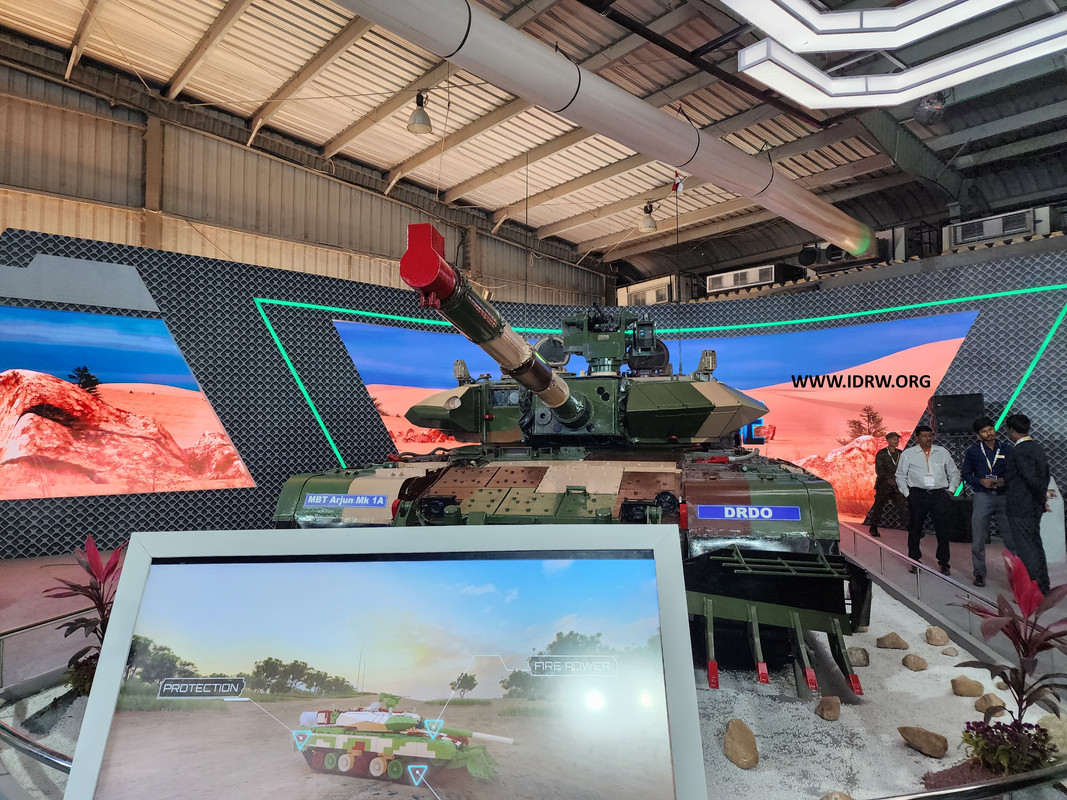
The Defence Research and Development Organisation (DRDO) has officially confirmed the development of the Arjun MkII, the next iteration of India’s indigenously developed main battle tank (MBT). This announcement comes after the successful order of the Arjun Mk1A variant by the Indian Army.
Defence experts familiar with the program told idrw.org and shed some light on the rationale behind the Mk1A. They explain that the Mk1A served as a bridge between the older Mk1 variant and the more extensively upgraded MkII. The significant changes envisioned for the MkII necessitated the creation of the Mk1A as an interim solution.
Continue readingSOURCE: RAUNAK KUNDE / NEWS BEAT / IDRW.ORG
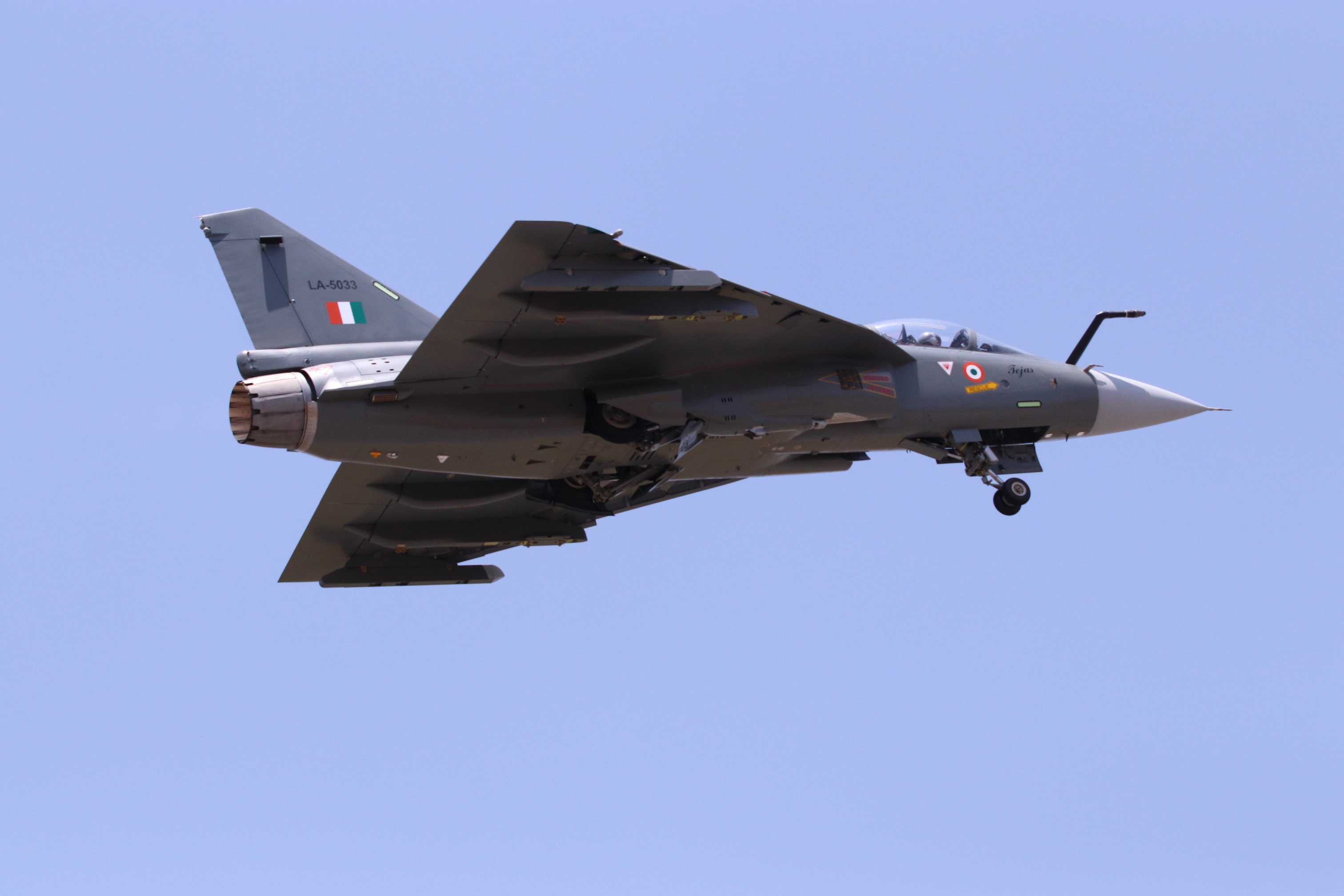
The Indian Ministry of Defence’s (MoD) annual report for 2022-23 sheds light on a crucial development for the Light Combat Aircraft (LCA) Mk1A program: the Swayam Raksha Kavach Electronic Warfare (EW) Suite. This article explores the details of this vital system and its significance for the LCA Mk1A.
The name “Swayam Raksha Kavach” translates to “Self-Defense Armor,” aptly reflecting the suite’s role in protecting the LCA Mk1A from electronic threats. Developed domestically, the suite integrates cutting-edge technologies to enhance the aircraft’s survivability in modern warfare scenarios.
Continue readingSOURCE: RAUNAK KUNDE / NEWS BEAT / IDRW.ORG
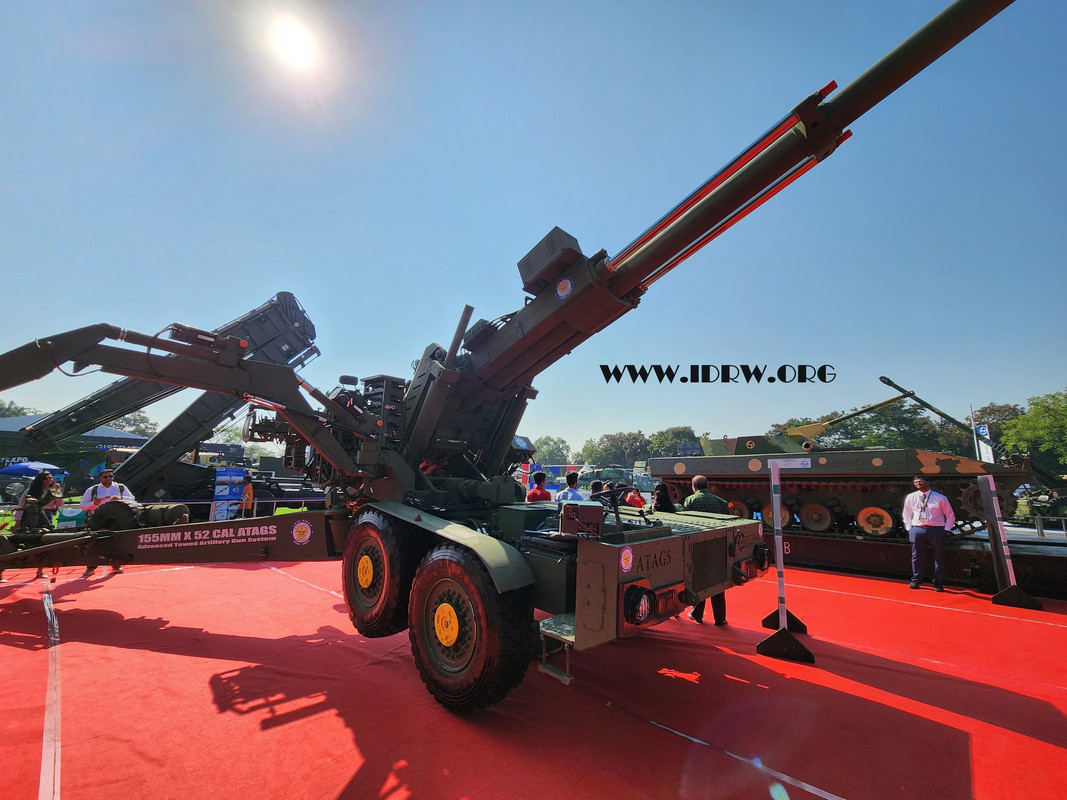
The Indian Army is poised to take a significant step towards modernizing its artillery capabilities with the imminent release of a Request for Proposal (RFP) for a new 155mm/52 calibre towed gun system, as People familiar with the matter informed idrw.org. This news follows an earlier Request for Information (RFI) issued in December 2022.
The RFI emphasized the Indian Army’s commitment to self-reliance by mandating procurement from local industry. This move aligns with the government’s push for “Make in India” initiatives in the defence sector.
Continue reading